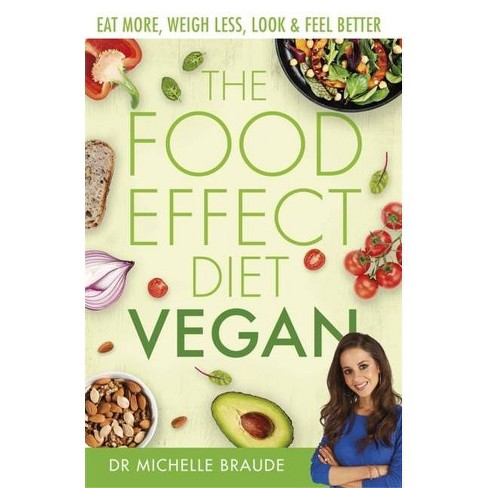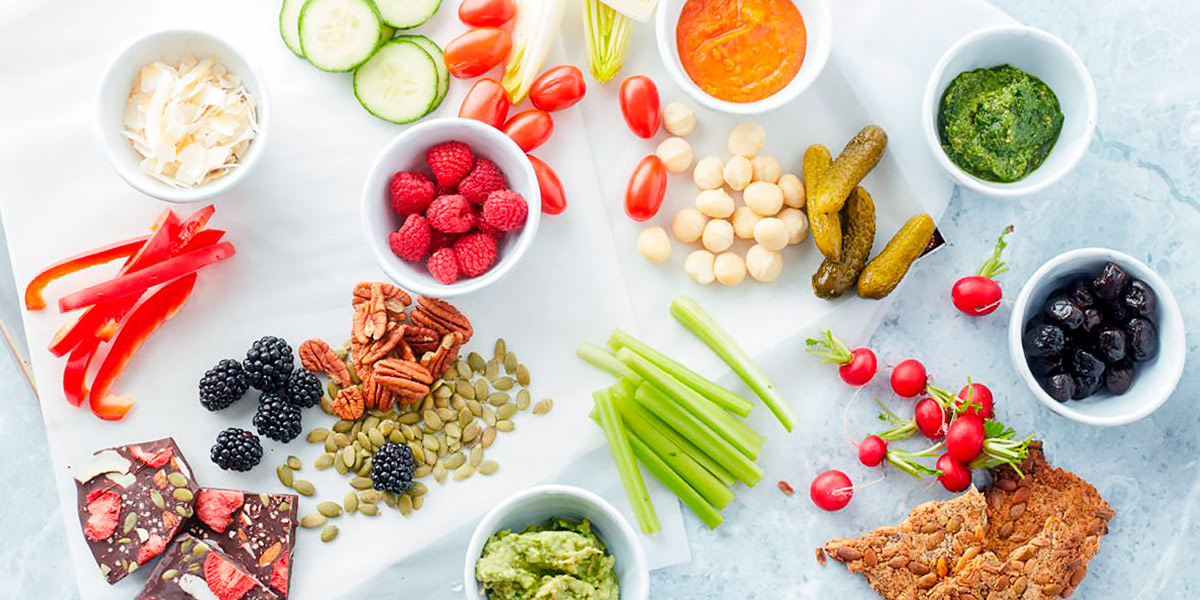
Many people ask if dairy is a suitable choice for vegans. The truth is that dairy is not recommended. There are several options to dairy: nutritional yeast, General Mills cheese shreds that are dairy-free, and Rigoni de Asiago Nocciolata hazelnut spread.
Nutritional yeast
Nutritional yeast is a powder which has a cheesy flavor and can be used in vegan and vegetarian dishes. It is also rich in vitamins and minerals. You can find nutritional yeast at your grocery store's spice aisle or in bulk bins at health food stores. This product is low on calories, fat, sodium, and cholesterol. It is vegetarian and dairy-free.
Nutritional yeast is an easily digestible, dairy-free, and vegan food source. It is also free of saturated fats and cholesterol. It's also rich in iron, B vitamins and fiber. A thirty-calorie serving contains over 100 percent of the recommended daily allowances of all of these vitamins. It also contains 25 mgs of sodium and an unsaturated fat.

General Mills dairy-free cheese
General Mills does not yet have a vegan dairy free cheese, although it has been experimenting with the dairy-free yogurt market. It also has invested in a company that makes vegan mac and cheese under the brand name Annie's. Nevertheless, this new cheese line is a major development.
By joining a program for start-up accelerators, the company was able tap into the growing market for vegan cheese. Bold Cultr, which is using fermentation to create dairy proteins, will be sold online and at select Hy-Vee stores in Minnesota. It intends to increase its retail presence in coming months.
General Mills dairy-free cheese shreds
It is quickly becoming a common ingredient in food products to use dairy-free cheeses. General Mills and Perfect Day have cheeses made entirely without animal products. But there are some things you need to keep in mind when choosing a dairyfree cheese.
General Mills is not a leading name in vegan cheese. However, the company has tried the plant-based yogurt market by recently investing in Kite Hill vegan cheese brand. In addition, the company has diversified into other categories such as plant-based seafood and yogurt brands.

Nocciolata dairy-free hazelnut spread from Rigoni di Asiago tastes great
Rigoni de Europego's organic chocolate hazelnut spread, which is dairy-free, is great for vegans or lactose-intolerant. The spread is also made with no GMOs and is certified vegan. This spread is rich and creamy in chocolate flavor. It can be used on toast for breakfast, as a snack, or in baking. It is organic and gluten-free, making it ideal for people who are on a restricted diet or simply want to eat a healthier diet.
Rigoni di Asiago is committed towards innovation. The company's products are designed to be safe and healthy for all. Because the area is well-known because of its beautiful meadows and woodlands, Rigoni di Asiago pays particular attention to the environment. These products reflect the dedication, care, and attention that went into their production.
FAQ
What are 10 healthy habits?
-
Breakfast is a must every day.
-
Don't skip meals.
-
Maintain a balanced diet.
-
Drink plenty of water
-
Take care to your body.
-
Get enough rest.
-
Avoid junk foods.
-
Do some type of exercise daily.
-
Have fun
-
Make new friends
What is the ideal weight for my height? BMI calculator & chart
Use a BMI calculator to determine how much weight is needed to lose. A healthy BMI range is between 18.5 and 24.9. You should lose about 10 pounds each month if you are trying to lose weight. Enter your height and weight to calculate your BMI.
This BMI chart can help you find out if or not you are obese.
What is the difference of a virus from a bacteria?
A virus is an organism microscopic that can't reproduce outside its host cells. A bacterium is a single-celled organism that reproduces by splitting itself in two. Viruses have a very small size (approximately 20 nanometers), while bacteria can grow to a maximum of 1 micron.
Viruses can be spread by contact with bodily fluids containing infected substances, such as saliva, urine and semen. Bacteria can be spread by direct contact with infected objects and surfaces.
Viral infections can also be introduced to our bodies by a variety of cuts, scrapes or bites. They can also be transmitted through the eyes, nose, mouth, ears, vaginal, rectum, and anus.
Bacteria can get into our bodies through cuts, scrapes and burns, insect bites, or other skin breaks. They may also come into our bodies through food, water, air, soil, dust, or animals.
Both bacteria and viruses can cause illness. But viruses can't multiply within their host. They only infect living tissues when they cause illness.
Bacteria may spread to other people and cause sickness. They can even invade other parts of the body. To kill them, we must use antibiotics.
Increase immunity with herbs or supplements
It is possible to boost immune function by using herbs and natural remedies. Ginger, garlic, ginger, oregano oils, echinacea and ginkgo biloba are some of the most common.
These herbal remedies should not be used in place of conventional medical treatment. Side effects include nausea, dizziness and stomach cramps.
How can I lower my blood pressure
The first thing you need to do is find out what causes high blood pressure. You must then take steps towards reducing the problem. This could be as simple as eating less salt, losing weight (if necessary), or even taking medication.
Exercise is also important. If you don't have time for regular exercise, then try walking as often as possible.
If you are unhappy about how much exercise you do, you might consider joining a fitness club. You will likely want to join an exercise group that shares your goals. It is much easier to stick with a exercise program if there are others who will be watching you at the club.
What are the 10 best foods to eat?
The following are the 10 best foods to consume:
-
Avocados
-
Berries
-
Broccoli
-
Cauliflower
-
Eggs
-
Fish
-
Grains
-
Nuts
-
Oats
-
Salmon
Statistics
- Extra virgin olive oil may benefit heart health, as people who consume it have a lower risk for dying from heart attacks and strokes according to some evidence (57Trusted Source (healthline.com)
- WHO recommends consuming less than 5% of total energy intake for additional health benefits. (who.int)
- nutrients.[17]X Research sourceWhole grains to try include: 100% whole wheat pasta and bread, brown rice, whole grain oats, farro, millet, quinoa, and barley. (wikihow.com)
- This article received 11 testimonials and 86% of readers who voted found it helpful, earning it our reader-approved status. (wikihow.com)
External Links
How To
What does the term "vitamins" mean?
Vitamins are organic substances found naturally in food. Vitamins aid us in absorbing nutrients from the food we eat. Vitamins cannot be made by the body; they must be taken from food.
Two types of vitamins exist: water soluble and oil soluble. Water soluble vitamins dissolve easily in water. You can find vitamin C,B1 or thiamine, B2 or riboflavin and B3 or niacin. B6 is pyridoxine. Folic acid, biotin and pantothenic are some examples. The liver and fatty tissues are home to fat-soluble vitamins. You can find vitamin D, E K, A and beta carotene as examples.
Vitamins can be classified according to biological activity. There are eight major groups of vitamins:
-
A – Essential for normal growth, and the maintenance of good health.
-
C is important for nerve function and energy production.
-
D - necessary for healthy bones and teeth.
-
E is needed for good reproduction and vision.
-
K - essential for healthy nerves, muscles, and joints.
-
P – Vital for building strong bones.
-
Q - aids in digestion of iron and iron absorption
-
R - necessary for making red blood cells.
The recommended daily intake (RDA), of vitamins varies with age, gender and physical conditions. The U.S. Food and Drug Administration sets RDA values.
For adults aged 19 and older, the RDA for vitamin B is 400 micrograms daily. Pregnant mothers need 600 micrograms a day to ensure fetal growth. Children ages 1-8 require 900 micrograms per day. Babies under one-year old need 700 micrograms per daily. Between 9 and 12 month, however, this drops to 500 mg per day.
Children aged 1-18 require 800 micrograms of sugar per day, while those who weigh more than 1200 need 1000. For their nutritional needs, underweight children need 1200 mg per day.
Children 4-8 years old with anemia will need 2200 mg of vitamin D daily.
2000 micrograms is the minimum daily intake for general health in adults older than 50 years. Because of their higher nutrient needs, women who are pregnant or nursing need 3000 mg per day.
Adults over 70 years of age need 1500 micrograms per day since they lose about 10% of their muscle mass each decade.
Women who have been pregnant or are lactating require more than the RDA. Pregnant women need 4000 micrograms per dayduring pregnancy and 2500 micrograms per day after delivery. Breastfeeding moms need 5000 micrograms per daily when breastmilk production occurs.